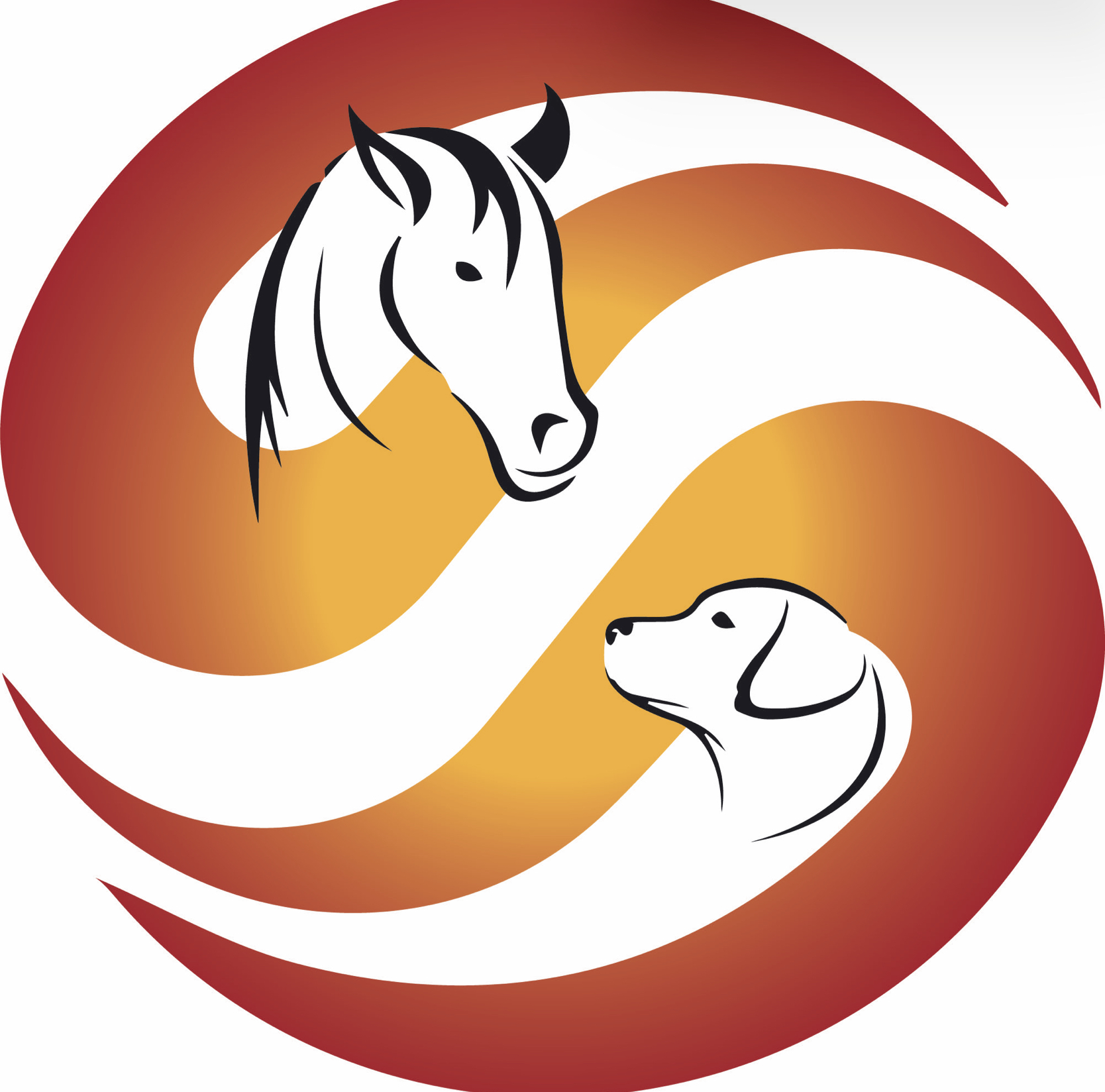Behavioural physiotherapy a unique approach..
- tsaukltd

- Jan 8, 2024
- 4 min read
As a dual registered behaviourist and vet physio, I always try and bring both disciplines together in a holistic treatment approach. Mature well adjusted horses having regular physio sessions may only need a moment of kindness or a lighter touch over sensitive areas to be able to accept and even enjoy their sessions. Young frightened horses and those in pain need a different type of treatment and there are those horses for whom life is currently very overwhelming and so we start from a totally different place - "calming the meerkat" - read on to find out what this is all about!

Horse and human brains developed along the same mammalian evolutionary route and although there are important differences, they remain similar in a fundamental way : the brain needs to keep the mammal safe in order for it to survive and procreate.
When mammals feel fear a reaction begins in the brain (the amygdala and hypothalamus) activating the pituitary and adrenal glands in a cascade system of chemicals including cortisol and adrenaline which are released into the blood stream. The heart rate, blood pressure and blood sugars increase and the body prepares for extreme musculoskeletal activity which is the sympathetic nervous systems fight, flight, fawn or freeze response. This is not under our direct control, it is described as autonomic (or automatic) and happens when there is a threat to life but also when the animal senses isolation, disapproval and/or rejection from a social group or in the case of our horses, from the herd.
These responses can be imagined as a look out meerkat standing alert on his back legs scanning the horizon for trouble!
The part of the brain in mammals called the hippocampi (one on each side of the brain) play an important role in the consolidation of information from short term to long held memories and in spatial knowledge that enables navigation. It is like the organised filing system on a computer or an elephant that never forgets serving up memory files quickly particularly those that relate to previous dangers or threats which go straight to the meerkat. Reminders or associations of negative events can make the mammal feel unsettled even if they are not currently happening, just associated with something in the current environment.
If we imagine the elephant throwing memory files at a worried meerkat. The meerkat will not analyse them but will default to a fear response.
The four lobes of the cerebral cortex are the executive function of the brain responsible for learning and reasoning, puzzle solving and so on, enabling the mammal to make good decisions.
This part of the brain is like a wise old owl, but even in humans it is not in control as much as we would like to think. The horse is a prey animal, and so the brain owl flies off very quickly leaving the meerkat to take charge of events. This quick flight reaction protects the feral horse much better than a stop think and analyse reaction, by which time, of course, he or she could become the lion’s lunch!
Calming the meerkat is the first intervention in horse/human relationships. A horse cannot learn when rightly or wrongly he or she feels near to death!
How can we influence the brain animals?
We will look at physical safety: freedom among friends, the ability to exercise some choice and control over day to day living. Good health and a pain free existence.
We will look at emotional safety: Does the horse have appropriate companionship, how does it view humans in general and specifically the current handler. If we view the horse human relationship as a bank account – or a trust account – can we improve the horses view of the humans and by extension his or her whole world by making deposits into the account and minimising withdrawals?
There is much that can be done and it is individual to each horse/human pairing, age, stage and environment. We strongly advocate a multi-disciplinary approach with veterinary surgeons and dentists, saddle fitters and farriers.
We can
1) Provide the best daily life that is possible for our horses at our homes or yards. Often small changes can mean a lot to the horse. It is a practical plan utilising what we have rather than being defeated because we don’t have 20 acres of unlimited turn out, for example.
2) Allow our horses time to process, turn away and come back to us both physically and emotionally.
3) Devise games and activities that the horse views as positive and which work on their brain and musculo-skeletal system fostering calm and building strength. A body that is ready to carry a rider (where this is a goal or current activity) will more likely be pain free and the brain more settled.
4) Facilitate the learning of individual skills by our horses in order to safely live alongside them and participate with us in ridden sport or leisure pursuits (if this is required).

(a) With grateful acknowledgement to the work of psychologist Jane Evans and her publications including Little Meerkat’s BIG PANIC.( thejaneevans.com.). The teaching of the Equine Behaviour Affiliation and in particular Felicity George, Marie Holmes and Sharon Smith, where I am currently a student of trans species psychology, www.equinebehaviouraffiliation.org and The Society of Equine Behaviour Consultants with whom I am a registered and insured consultant, www.societyofequinebehaviourconsultants.org.uk.

Comments